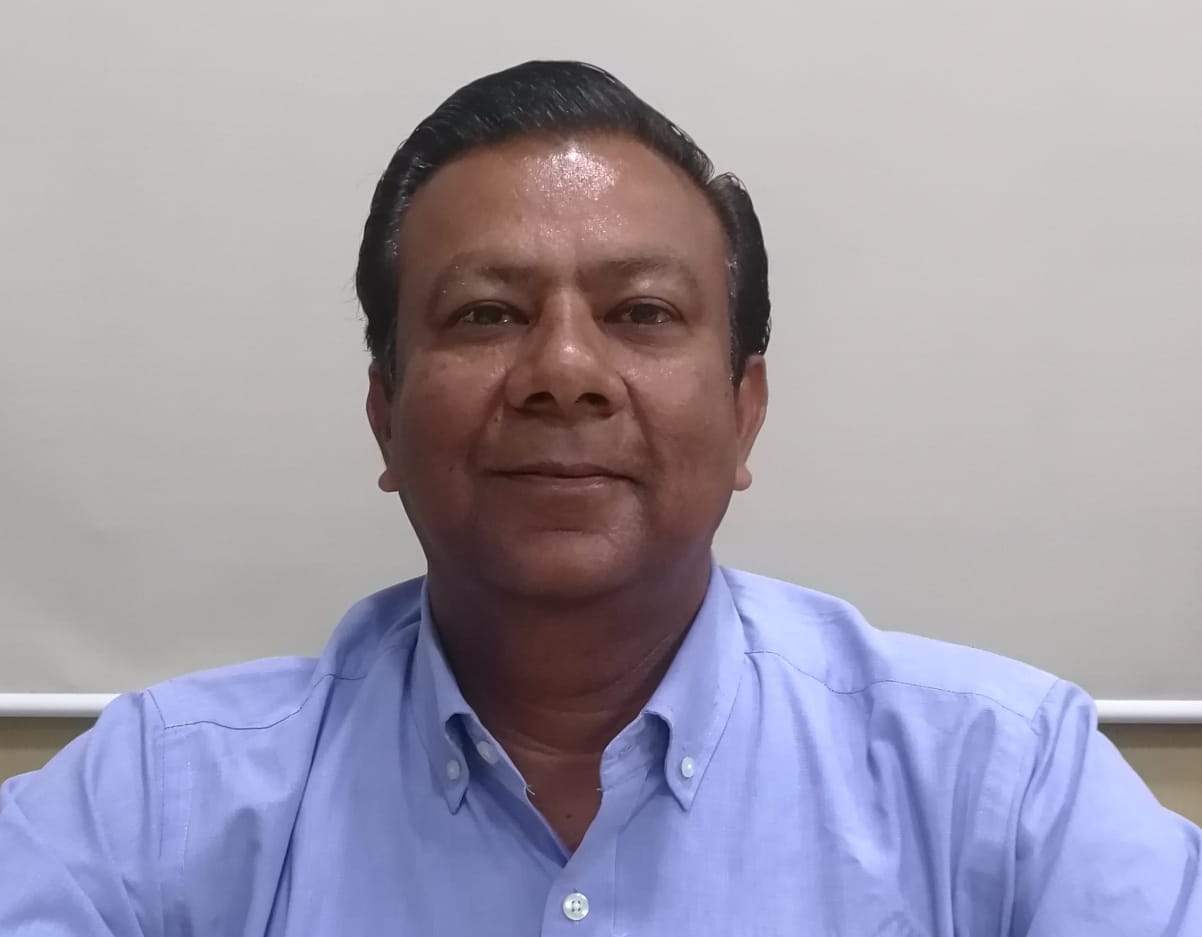Sustainable agriculture is intended to use the resources judicially so as to conserve them for future and meet the requirements of present as well.
Sustainability is the capacity to endure. In a more general scientific sense, sustainability is equivalent to continuum, or the ability to continue a course without termination. Therefore, sustainability is compatible with the existence of the universe, and it is the ability to maintain a definite stable outcome. The evolution to a sustainable state is predictable. Sustainability refers to processes, objects, or matter. Sustainability is incompatible with monotonous increase or decrease of amounts of matter. Sustainability exists between the competing forces of increases and decreases. The monotonous increase of the amount of one matter leads to the exhaustion of the limited surroundings containing the matter, or the depletion of the source that provides the increase of the matter; while a monotonous decrease of the amount of a matter leads to the eventual exhaustion of the matter. In bioprocesses, sustainability is compatible with steady state.
Sustainability meets the needs of the present ,without compromising the ability of future generations to meet their own needs.
Sustainability for me means use for prosperity use for posterity .
Sustainability gives us a better present and an amazing future without comprising our needs by utilising the natural resources effectively and efficiently.
Unidentified losses are among the most ignored losses. Techniques such as mass balance will undoubtedly prove to be an efficient tool to keep track of resource wastage and scope of their prevention. This would help us achieve environmental goals such as sustainability.


 Dheeraj Verma
Dheeraj Verma